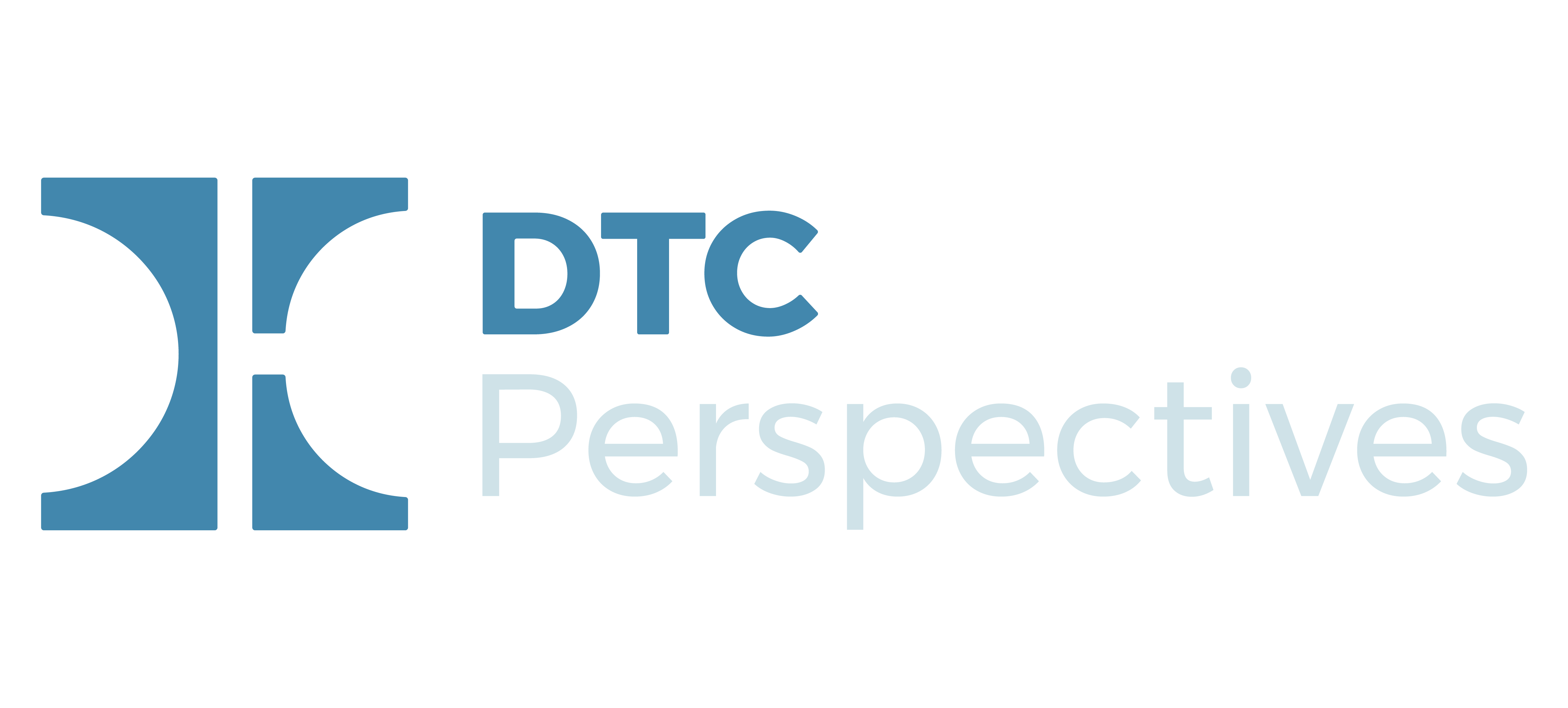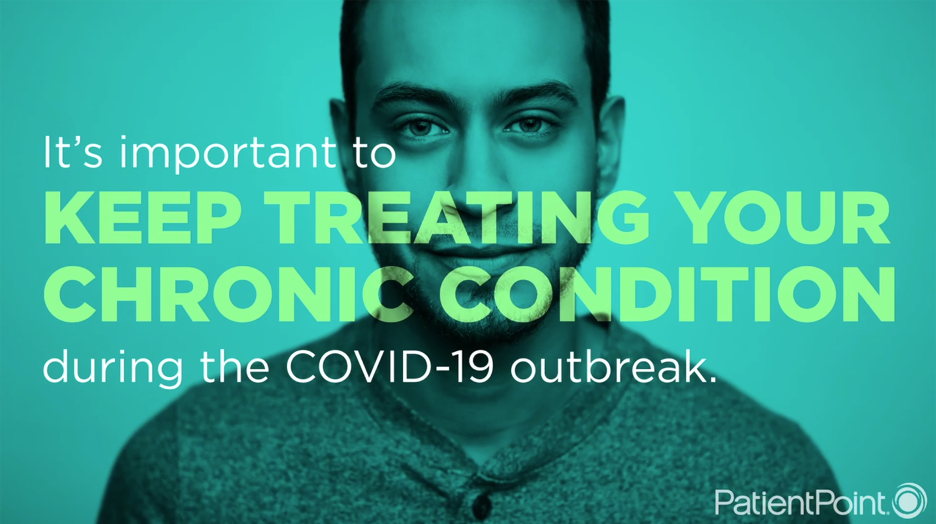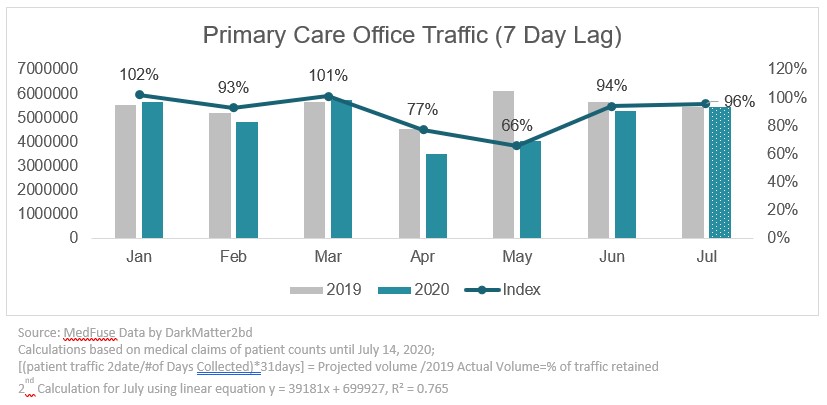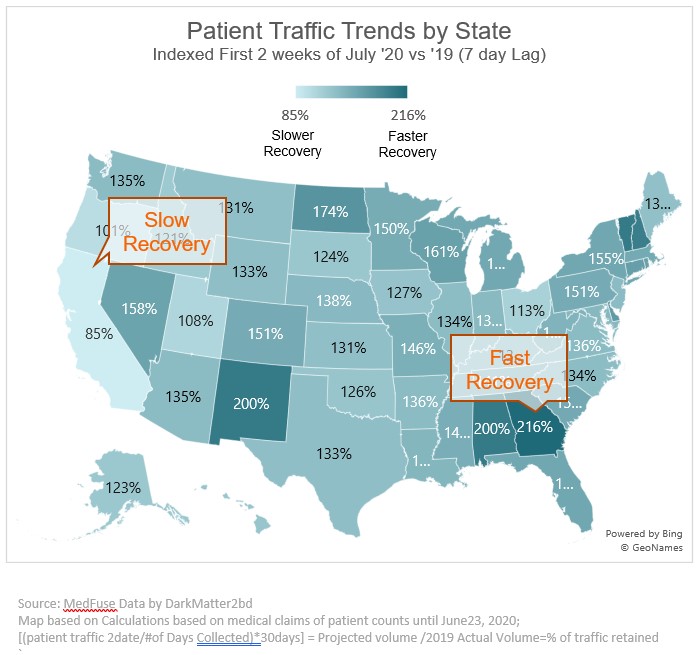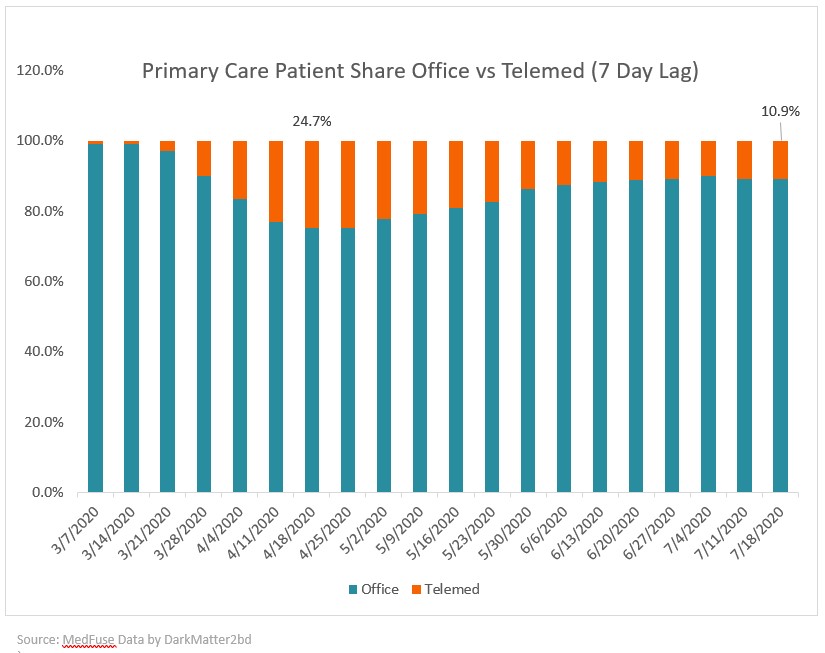Sponsored Content

Pharmacists are getting increased recognition as they continue to serve on the front lines of the COVID-19 epidemic. They are innovating quickly to offer accessible healthcare, counseling, and COVID-19 resources to their local communities. Local pharmacists see more patients on a daily basis than any other healthcare provider, and that’s particularly true in the wake of COVID-19 [4]. Pharmacies play a critical role in providing patients and customers with access to care, products and services they need [3]. TV screens and other point of care tactics installed within the pharmacy educate consumers and encourage them to speak with their pharmacist, a reliable source of counseling and information for general health and wellness concerns, as well as COVID-19 [3].
Amidst the current COVID-19 crisis, we’ve witnessed the pharmacist role evolve dramatically, administering COVID-19 testing onsite, filling and extending an influx of prescriptions, and continuing to provide expert care for regular patients and customers. As consumers rushed to pharmacies to stock up on medications and purchase essential household items as other retailers were ordered to close, pharmacists worked around the clock to increase availability of supplies and ensure their patients had what they needed when they needed it. As hospitals and doctors’ offices became overwhelmed with patients, insurance companies urged patients to turn to their pharmacist as a resource [6]. Pharmacies are working hard to remain accessible, implementing CDC standards of cleanliness and social distancing within the store, while also expanding drive-through, curbside pickup and home delivery services where possible [3].
Upon issuing new guidance under the Public Readiness and Emergency Preparedness Act, authorizing licensed pharmacists to order and administer FDA-authorized COVID-19 tests, U.S. Department of Health & Human Services Secretary Alex Azar stated: “Pharmacists play a vital role in delivering convenient access to important public health services and information [2].” With nearly 90% of Americans living within five miles of a pharmacy, the local pharmacist remains appealing to healthcare consumerism beyond COVID-19 [7]. Many pharmacies offer specialty services such as blood pressure screenings, counseling on specific disease states, and medication management services [5]. Most pharmacists are also licensed to administer a wide range of vaccines and immunizations to protect against HPV, Hepatitis, Flu, and more, offering healthcare marketers a valuable opportunity to raise brand awareness at the point of care. As soon as the COVID-19 vaccine is ready, NCPA (National Community Pharmacists Association) President, Brian Caswell, expects pharmacists to be the “first in line willing to immunize their patents and help the country get back to work [4].”
References
[1] Bruce, Debra Fulghum. “What You Need to Know About Getting Vaccinated at a Pharmacy: Everyday Health.” EverydayHealth.com, 7 Oct. 2019, www.everydayhealth.com/flu/what-you-need-know-about-getting-vaccinated-pharmacy/.
[2] “HHS Statements on Authorizing Licensed Pharmacists to Order and Administer COVID-19 Tests.” HHS.gov, US Department of Health and Human Services, 8 Apr. 2020, www.hhs.gov/about/news/2020/04/08/hhs-statements-on-authorizing-licensed-pharmacists-to-order-and-administer-covid-19-tests.html.
[3] Kofman, Ava. “Pharmacy Workers Are Coming Down With COVID-19. But They Can't Afford to Stop Working.” ProPublica, 9 Apr. 2020, www.propublica.org/article/pharmacy-workers-are-coming-down-with-covid-19-but-they-cant-afford-to-stop-working.
[4] Levy, Sandra. “NCPA Campaign Highlights Independents' Commitment to Patients.” Drug Store News, 29 Apr. 2020, drugstorenews.com/ncpa-campaign-highlights-independents-commitment-patients.
[5] Longo, Kathleen Gannon. “Top Ways Pharmacists' Roles Are Changing.” Drug Topics, 22 May 2018, www.drugtopics.com/article/top-ways-pharmacists-roles-are-changing.
[6] McCook, Alison. “COVID-19: Stockpiling Refills May Strain the System.” Infectious Disease Special Edition, 11 Mar. 2020, www.idse.net/Policy–Public-Health/Article/03-20/COVID-19-Stockpiling-Refills-May-Strain-the-System/57583.
[7] “Pharmacies: A Vital Partner in Reopening America.” National Association of Chain Drug Stores (NACDS), NACDS, May 2020, www.nacds.org/pdfs/government/2020/Pharmacies-Reopening-America-COVID-19-NACDS-May2020.pdf.

